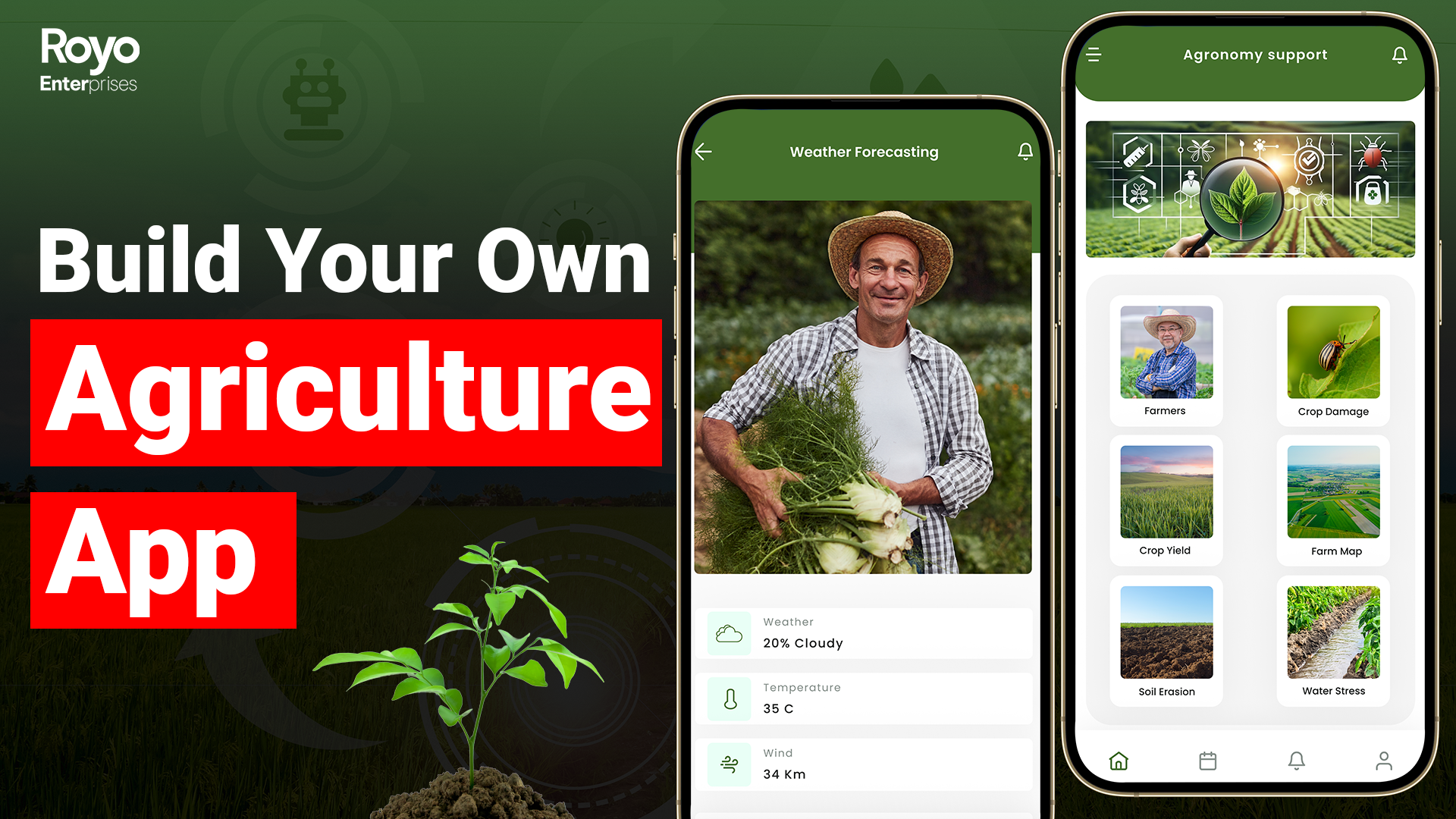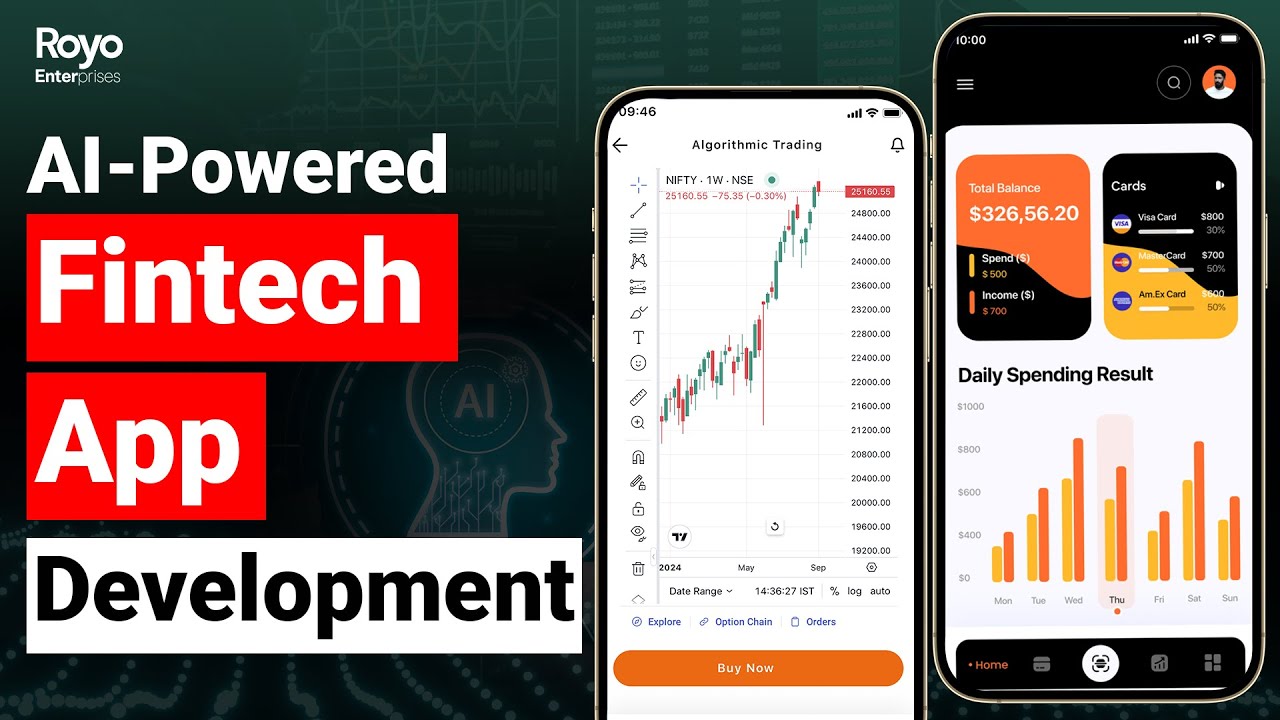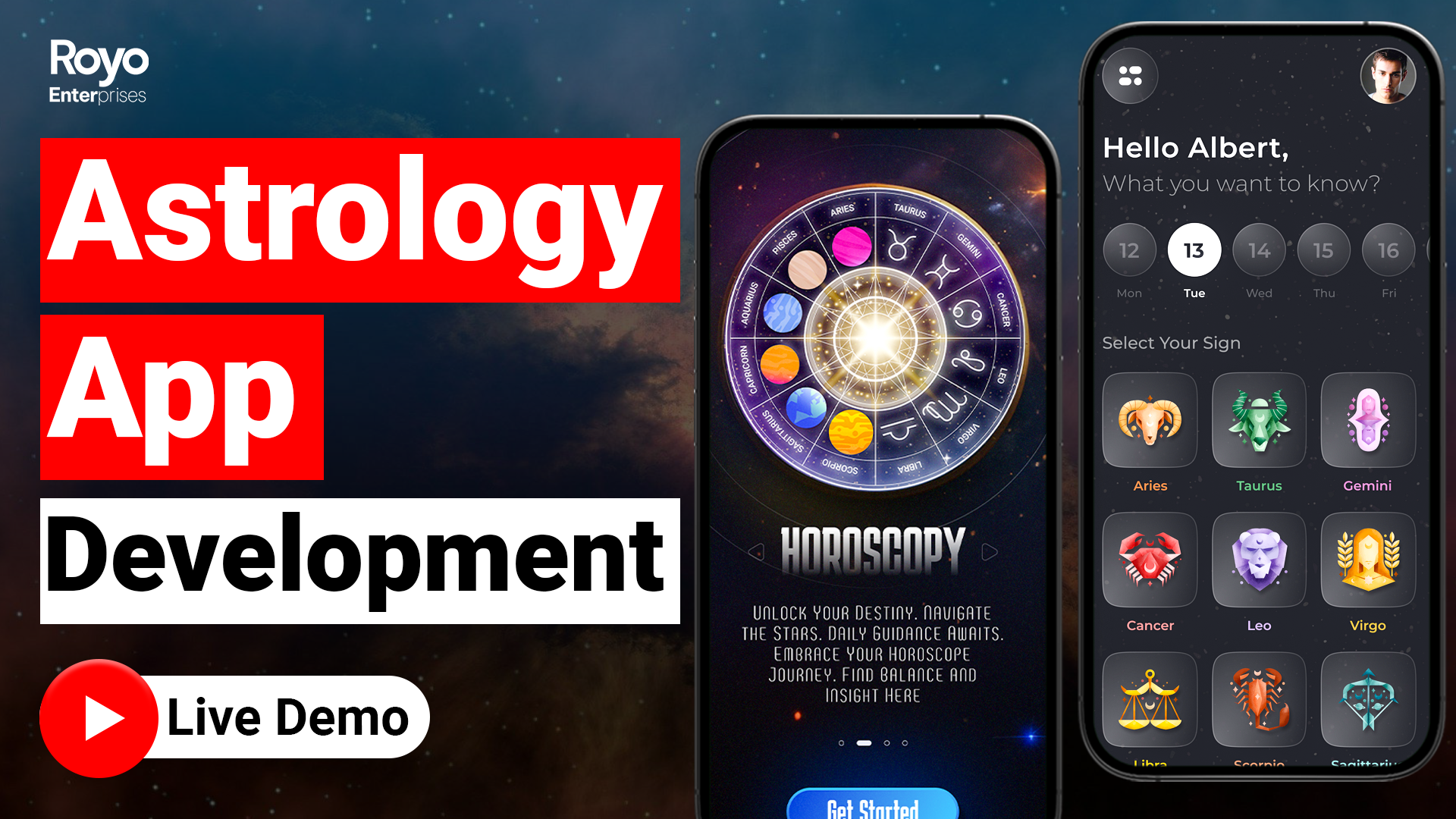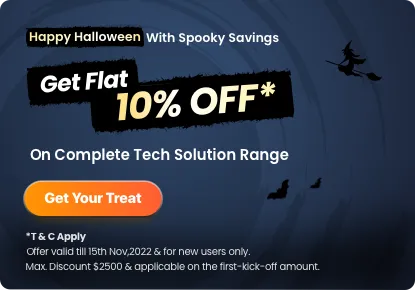How to Develop a Multiple-Vendor Marketplace App Like Amazon
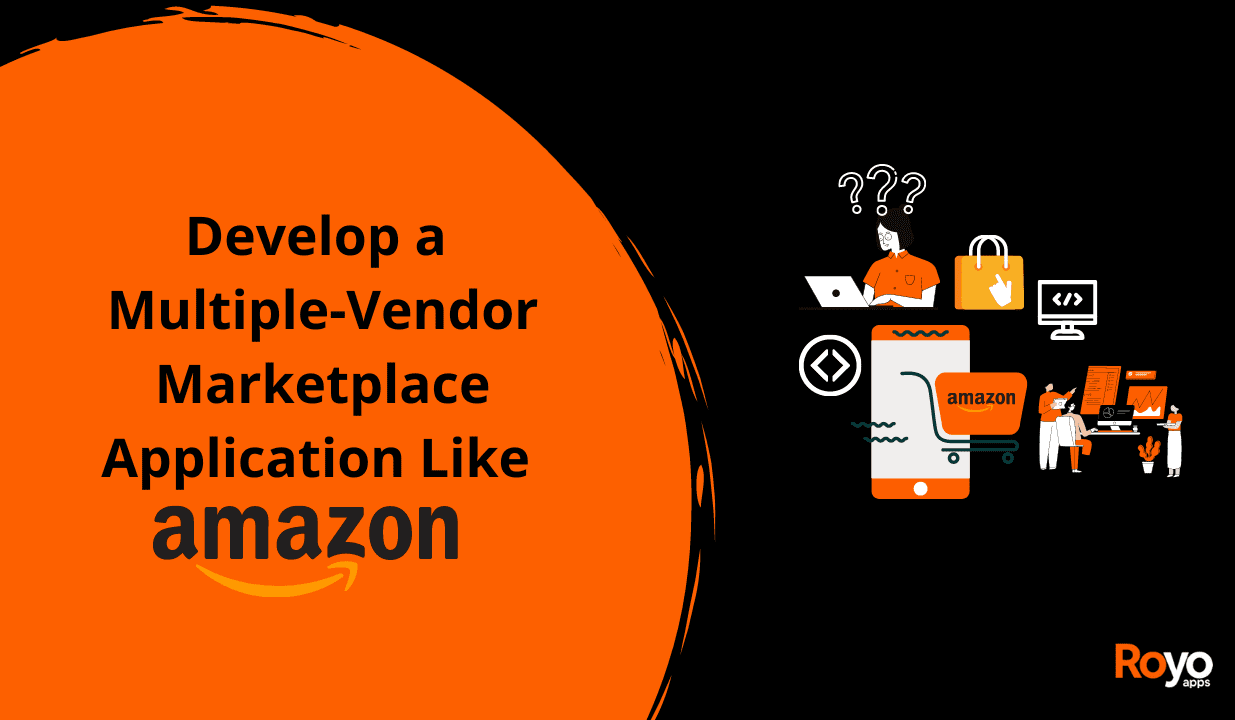
Today, almost every venture dreams of being as progressive as FAANG. Scratching your head over ‘what’s FAANG?’ Well, it’s an acronym referring to a bunch of technology giants. Still didn’t get it? Well, take a quick look.
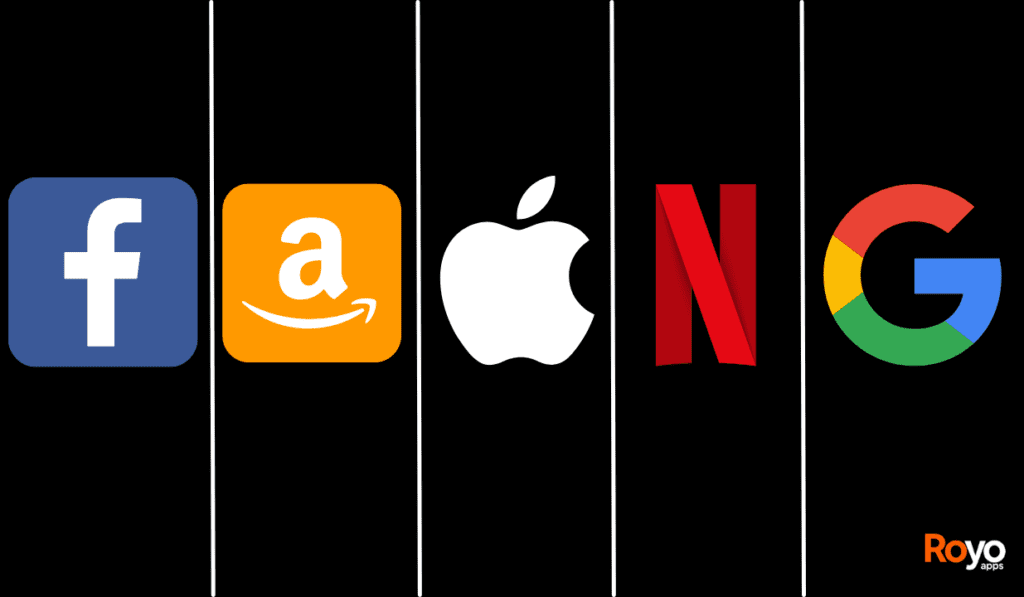
Talking about the most rapidly growing one out of all is – Amazon. This global giant entitled itself as one of the leading e-retailers in the United States with profit growth of 386 billion U.S. dollars in 2020.
This must-have left you thinking how did Amazon hit the big game in no time? Such questions are likely to intrigue many business owners, entrepreneurs, and business experts running similar business models.
No wonder creating a multi-vendor marketplace application is no rocket science anymore. Thus, the only challenge lies in making it a huge success in this cut-throat competition.
What Makes Amazon a Choice of Billions Worldwide?
Be it appointing a customer representative team or introducing user-friendly features; Amazon nails everything like a pro. The best part is now it’s giving tough competition to many grocery apps in the marketplace. Moreover, Amazon upholds some specific principles proving it as a reliable platform. Some of them include:
- Long-term plans
- Focusing on customers’ convenience
- Unbeatable commitment to operational efficiency
- Enthusiasm for invention
What does it take to get a platform like Amazon?
The thought of launching an Amazon-like platform under your business name is progressive. But the only concern is with the set of features you desire, matching the operational efficiency following the current market demand; and you are halfway there to make it a huge success.
Without further ado, let’s sail through an ideal set of features to design in your Amazon look-like platform.
#1 – Profile:
A ‘Profile’ on such multiple-vendor platforms contains crucial information about the buyers and suppliers. These profiles can be created on behalf of – customers, admin, suppliers, etc. This emerges the need of developing the platform keeping in mind the different interfaces.
Suppliers’ profile or panel allows you to reflect – product details, product handling or maintenance tips, delivery estimated time, etc. On the other hand, buyers’ profile is to preserve details like – order history, delivery address, contact details, bucket or wish list creation options, and much more.
#2 – An admin panel:
It won’t be wrong to refer to it as the big database for the entire web or mobile application. The admin panel permits to access both – individual and group settings. Plus, it lets you have complete control of all payment methods integrated into the system. Therefore, it acts as a gateway to mass information about different business activities like –
- Session duration
- Most-shopped product
- Total sales in a month or quarter
- Returned orders
- A number of views on the products, and much more.
#3 – Product pages:
This segment of a multi-vendor marketplace acts as the soul of your business concept. If required, you can use it to display product pages, quick videos, and product-oriented content. Apart from this, the product page is decked up with product reviews, online ratings, a brief on the brand backing the product, product specifications, etc.
Technology stack requirements –
Strengthening technical roots is a crucial step to reap a well-structured digital marketplace at the end. Therefore, this calls for exploring different programming languages, setting up a robust technology stack way before you start rolling the ball.
When talking about deciding a technology stack for a multi-vendor platform, you need to explore it with two perspectives – server-side and client-side technologies.
Let’s dive into the details:
Technology stack for client-end –
JavaScript (JS) –
It’s a preferred programming language to let your customers interact with your e-commerce platform seamlessly. If you desire to keep the scope of amending advanced features to your platform, pitch for next-gen languages like React. JS.
HTML & CSS –
Hypertext markup language and Cascading style sheets, both are ideal to display your content wisely on the web page. This lets you create an engaging web page by formatting content adequately.
Technology stack for server-end –
Here we are going to focus on the back-end technologies the most.
Ruby on Rails –
The only purpose of a strong server-end programming language is to ensure a scalable build, secured solution, and a fast-loading marketplace. Different automated frameworks like – Capybara and RSpec can be added to the technology stack for software testing purposes.
AWS –
When it comes to storing the database, you need a reliable language and platforms. Therefore, programming languages like AWS (Amazon Web Services), Postgre SQL, and Redis win everyone’s trust.
How to get moving?
No matter if it’s a business model like Upwork or a marketplace like eBay, the development process remains somewhat similar. Thus, it makes it essential to learn about the basic steps involved in the development cycle.
Step 1 – Brainstorming –
A set of business expectations is discussed to address all crucial factors. You can see it as a planning session to evaluate the business needs.
Step 2 – Drafting requirements –
Here come the business analyst experts documenting the set of requirements. At the end of this stage, you can expect to see an enterprise-level document mentioning the project needs.
Step 3 – Getting started –
It is the development phase or the essential part of the overall project cycle. Here the developers are likely to work on multiple programming languages and frameworks to meet the drafted requirements.
Step 4 – Testing –
The development phase is followed by a rigorous testing phase to find bugs if any. Thus, software testers follow either automated or manual testing processes for the same.
Step 5 – Deployment –
This stage confirms development and testing as done. Further comes the software deployment to make it available for use. By now an end-user, administrator, etc. can get easy access to their relevant interfaces.
Step 6 – Maintenance –
It means to keep a hawk’s eye on the database and server settings of the software. You can see it as a preventive measure to avoid any downtime or sudden loss of data. Besides this maintenance includes updating the software timely.
How Royo Apps Assist You Get an Amazon Look-Like App in no time?
Royo Apps is a pool of IT professionals holding decades of experience. Here, we hold expertise in meeting the expectations of both – end-customers and enthusiastic entrepreneurs like you. Since our inception, we have developed several white-label multiple-vendor platforms giving business owners a reason to tenfold their business success.
Be it drafting a website wireframe or developing a well-navigated website, we have got you covered. Therefore, all you need is to share your requirements, sit back, relax, and wait for an enterprise-level business website made ready for your success.
Why Entrepreneurs Prefer Royo Apps?
It’s an ideal answer to all cost and time-related hassles. And if you wish to own a multi-vendor marketplace in less time with all the compact features you desired, then Royo Apps has the solution for you. If you are thinking about why we say so, the reason is it’s being home to all kinds of white label web-based solutions and apps.
When you prefer Royo Apps, you get almost 80% of work done in the form of white-label applications or solutions loaded with static features. Thus, all you need is to get working on the remaining 20%. This helps you get the true state-of-the-art features without wasting your precious hours on days-long discussions.
Winding-up –
The thought of adding a multi-vendor marketplace to the list of your business assets is a wonderful idea. Here your amount of effort and development process decides its success or failure. If you don’t know the ins and outs of such marketplace development procedures, consider joining hands with professionals covering the whole nine yards for you.
February 3, 2022

